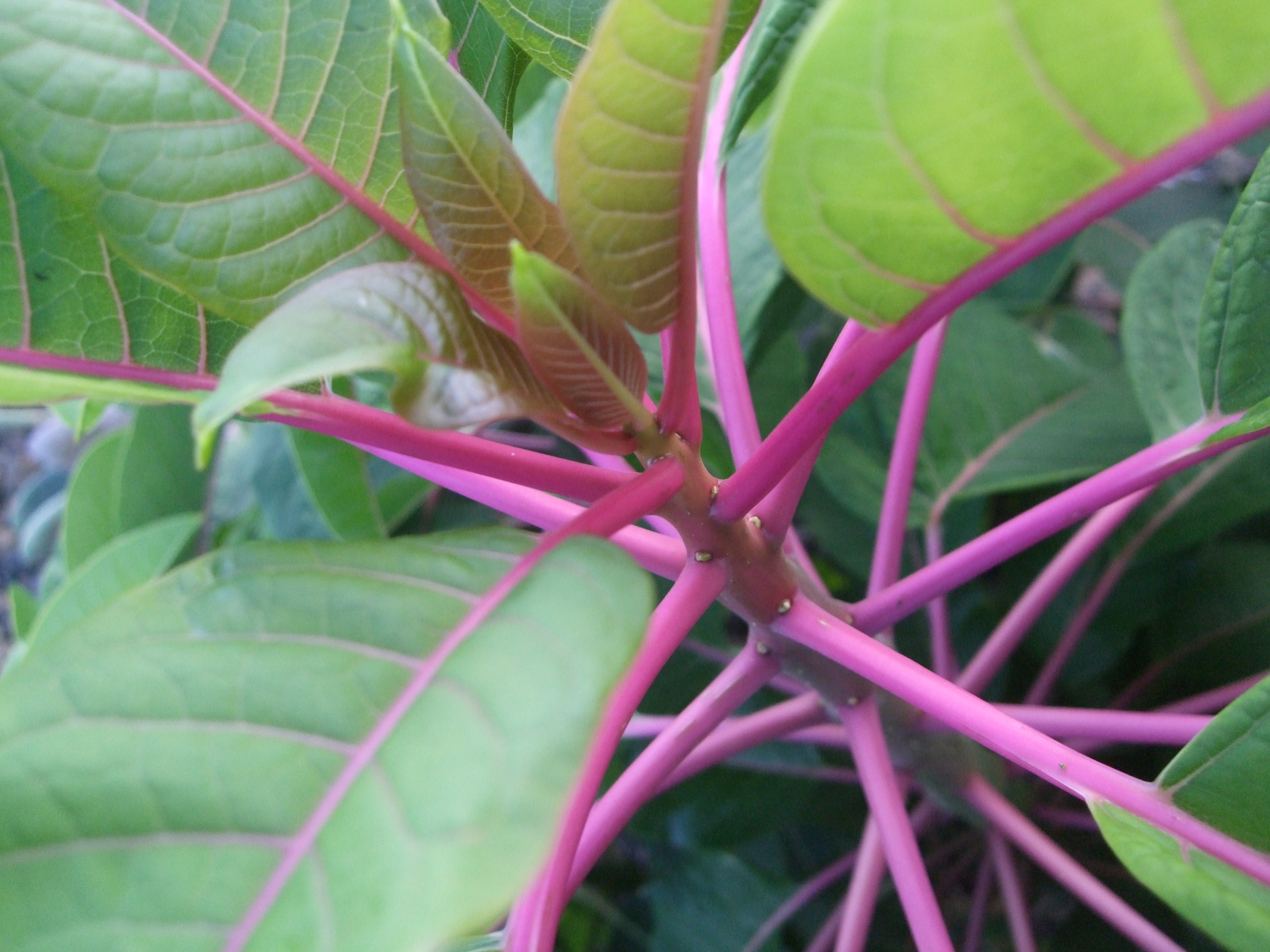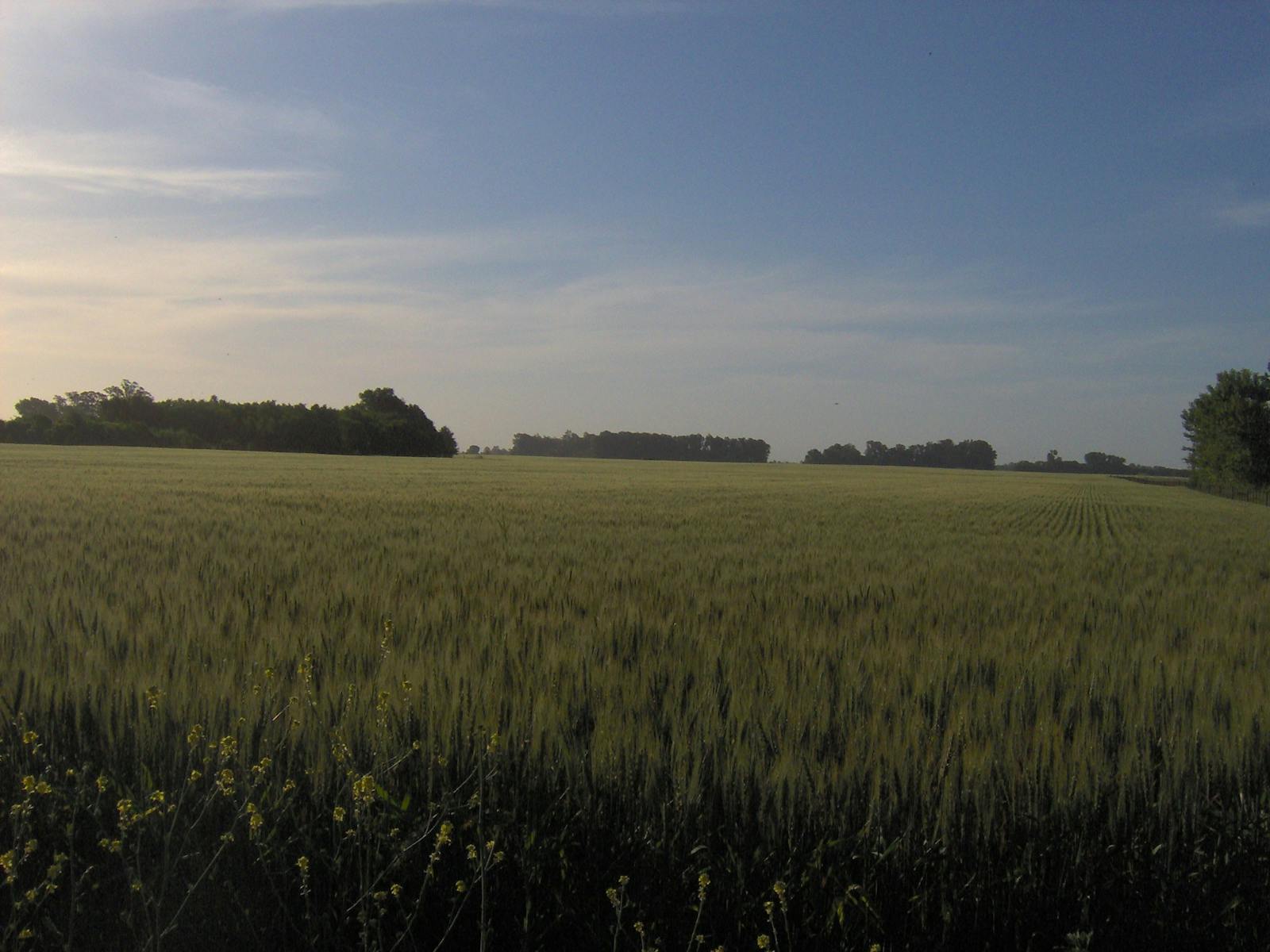Humid Pampas
The ecoregion’s land area is provided in units of 1,000 hectares. The conservation target is the Global Safety Net (GSN1) area for the given ecoregion. The protection level indicates the percentage of the GSN goal that is currently protected on a scale of 0-10. N/A means data is not available at this time.
Bioregion: Rio de la Plata Grasslands (NT3)
Realm: Southern America
Ecoregion Size (1000 ha):
39,942
Ecoregion ID:
576
Conservation Target:
4%
Protection Level:
6
States: Argentina
The pampas fox is a longstanding native of the Humid Pampas that has proven itself adaptable to the heavy human modification of the ecoregion. Common even in rural areas, it is believed that today pampas fox preys primarily on introduced species due to their abundance, especially the European hare. These elusive foxes are usually solitary, adept at hunting alone; yet during the breeding season they form monogamous pairs and will stay together until their puppies have grown up. Couples will often den in the burrows of vizcacha and armadillos.
%20(1).jpeg)
The fagship species of the Humid Pampas ecoregion is the Pampas fox. Image credit: Agustinzar, Creative Commons
The Humid Pampas occupy the plains in the east of Argentina, taking up most of the province of Buenos Aires. There are a few slow moving, undulating rivers and many lagoons with fresh and salt water. The climate is hot with rain throughout the year. The original vegetation in this area is moderate grassland dominated by Stipa, Piptochaetium, Aristida, Melica, Briza, Bromus, Eragrostis and Poa grasses. Common shrubs included Margyricarpus, Heimia, Baccharis, and Eupatorium.
Different soil compositions and geomorphic factors affect the distribution of wildlife and make room for other vegetative groups such as halophyte (growing in high salinity waters) plants like Atriplex, chaparral, jarilla macho, Suaeda, and Tricomaria; and xeric (dry environment) vegetation in the southern part of the ecoregion characterized by tortoise mesquite, Chilean mesquite, Prosopis juliflora, and Jacaraudá.
The pampas region lacks endemic vegetation. However, there are numerous endemic animals including curve-billed reedhaunter, Olrog’s gull, and Liophis elegantísima (a species of snake). Species of concern include pampas deer and pampas meadowlark, which are near threatened and vulnerable respectively.
Mammals of interest include the guanaco, puma, Geoffrey’s cat, pampas fox, Molina’s hog-nosed skunk, lesser grison, plains viscacha, Brazilian guinea pig, coypu, and white-eared opossum. Notable birds include both land and aquatic species, such as the greater rhea, southern screamer, spotted nothura, white-winged coot, and white-faced ibis. The marshlands of the ecoregion are important conservation centers for birds that migrate from the Northern Hemisphere to the Patagonia.
Little is left of the natural habitat in the Humid Pampas. This is one of the most heavily populated areas of Argentina that has been extensively used for agriculture and cattle grazing. Natural vegetation grows in small patches that persist along the railroad tracks and in some abandoned fields left to recover for many years.
Only certain species of animals live in this disturbed and altered habitat. Some of the protected areas that fall within the ecoregion are the Reserva Natural Estricta Otamendi, Reserva de la Biosfera Parque Costero del Sur, Reserva Provincial Samborombón, Reserva Provincial Rincón de Ajó, Reserva Provincial Dunas del Atlántico Sur, Reserva Municipal Rufino, Reserva Municipal Costanera Sur (in part), Reserva Municipal Sierra del Tigre (Tandil), Reserva Municipal El Curral (Laguna de los padres), Reserva Municipal Mar del Plata (puerto), Reserva Municipal Mar Chiquita, Reserva Privada Estancia El Destino, and Reserva Privada Campos del Tuyú.
There are two severe threats in the region: conversion of remaining natural habitats for agriculture and degradation through livestock overgrazing. Burning and draining of lands are also threatening remaining habitats that could possibly affect protected areas.
The priority conservation actions for the next decade are to: 1) protect the little remaining natural habitat from alteration for agriculture or other human activities; 2) encourage resource based management and integration in grazing and agricultural practices; and 3) fund restoration projects in abandoned plots.

Phytolacca dioca, Ombu tree leaves. Image credit: Creative Commons
Citations
1. Dellafiore, C. 2018. Southern South America: Eastern Argentina https://www.worldwildlife.org/ecoregions/nt0803 Accessed October 3, 2018
2. Chebez, J. C. 1988. El deterioro de la Fauna. In El deterioro del Ambiente en la Argentina (suelo, agua, vegetación, fauna). Fundación para la Educación, la Ciencia y la Cultura, Buenos Aires, Argentina.
3. Dinerstein, E., D. M. Olson, D. L. Graham, A. L. Webster, S. A. Primm, M. P. Bookbinder, and G. Ledec. 1995. A conservation assessment of the terrestrial ecoregions of Latin America and the Caribbean. DC.: WWF and The World Bank.
4. Lucherini, M. 2016. Lycalopex gymnocercus. The IUCN Red List of Threatened Species 2016: e.T6928A85371194. http://dx.doi.org/10.2305/IUCN.UK.2016-1.RLTS.T6928A85371194.en. Accessed on October 3, 2018.



